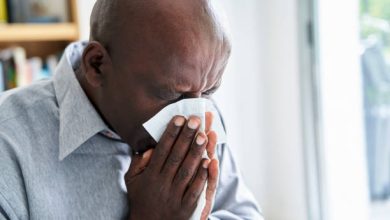5 Ways to Treat Lupus on Brown Skin


Caused by an autoimmune condition that attacks your organs and tissues, lupus is no joke. According to the Lupus Foundation of America, Black women, in particular, are roughly three times as likely to develop the disease compared to white women.
Given that Black folks have a higher prevalence in general – with higher rates of organ damage and mortality – it’s no wonder lupus should be taken seriously!
But did you know there are common sense, easy ways to handle this disease? That you don’t have to dive down the deep end and take crazy risks for some extreme, unheard-of ‘cure’?
Believe it.
RELATED: Don’t Ignore the Signs: Early Signs of Lupus all Sistas Should Know
Brown Skin & Lupus
While lupus is a challenging autoimmune disease that can affect anyone, it hits Black Americans particularly hard. In fact, among the Black community, the risk of developing lupus is two to three times higher than that of Caucasians, and when it comes to symptoms, it can be a whole different ball game.
For Black folks, lupus tends to show up in some unique ways that everyone should be extra vigilant about.
First off, let’s talk about those lupus rashes. While most folks might get that classic “butterfly” rash on their face, it’s more likely to pop up on the scalp and ears in Black patients. Lupus appears to have a special preference for certain spots on dark skin, making it trickier to spot sometimes.
Then there’s the issue of hair loss. Losing your hair can be tough for anyone, but for Black folks, it’s a whole different level. Obviously, Black hair is a large part of personal and cultural identity, so when lupus starts messing with that, it can take a toll on people emotionally.
Unfortunately, lupus can also cause dyspigmentation, which is basically changes in skin color, as well as scarring and




